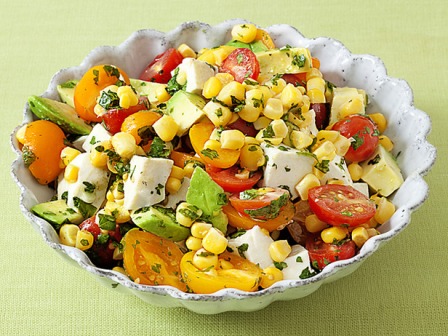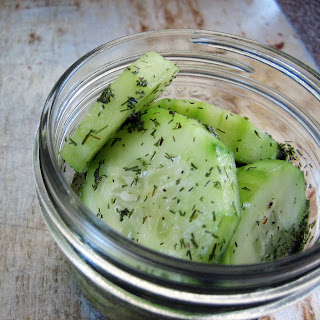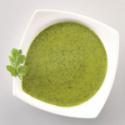Zinnias are a one of the gardening world's most popular and versatile flowers. Native to Mexico, there are many varieties, big and small. Zinnia are members of the Daisy family, and are easy to grow. Profusely blooming plants, come in a wide range of colors. There are miniature and giant varieties ranging in size, from about a foot for miniatures, to giant varieties that can grow over three to four feet tall. Flowers will bloom from mid-summer all the way until frost. There is a profusion of colors, multicolor, and hues. Colors include, white, yellow, orange, red, rose, pink and multicolored blooms.
Larger varieties look good at the back of the flower garden. Dwarf varieties fit well as borders, edging, or planted in mass. Try the smaller varieties in a windowsill planter, or in containers on your patio or deck.
Propagation:
Zinnias are grown from seed. Zinnia seeds can be directly seeded into your flower garden, or seeded indoors for transplanting later. Start seedling indoors 6-8 weeks before the last frost in your area.
How to Grow Zinnia Plants:
 Grow Zinnia plants in full sun. Zinnias like rich, well drained soil, but are somewhat tolerant of average to slightly poor soils. Mix in plenty of compost prior to planting. Add a general purpose natural organic fertilizer at planting time, and once a month during the growing season.
Grow Zinnia plants in full sun. Zinnias like rich, well drained soil, but are somewhat tolerant of average to slightly poor soils. Mix in plenty of compost prior to planting. Add a general purpose natural organic fertilizer at planting time, and once a month during the growing season.
Sow Zinnia seeds early in the season and cover lightly with soil. Then water thoroughly. They germinate easily, and will grow quickly.
Transplant Zinnias into your garden after the last frost date for your area. Spacing depends upon size with miniature varieties spaced four to six inches apart, and Giant varieties one to two feet apart.
Once your Zinnia plants are established, they should grow well. Soil should be moist, but not wet. Water them during dry periods.
Add mulch around the plants for appearance, to help maintain moisture and to keep weeds down.
Remove dead flower blooms to encourage new growth and new blooms. Improve appearance of Giant Zinnias by trimming back stems that have grown long or gangly, but do not over trim them.
Cuttings for Indoors:
Cut and bring them indoors and place in water immediately.
For miniatures, use a small container or vase and cut stem a couple inches long. Bunch up a variety of colors for an eye-appealing arrangement.
 Cook pasta according to package directions, and drain. Cook tomatoes in a large skillet over medium heat, stirring as needed for 2 minutes.
Cook pasta according to package directions, and drain. Cook tomatoes in a large skillet over medium heat, stirring as needed for 2 minutes.





